Musée véritablement ouvert sur la ville, les espaces d’expositions et de services accueillent le visiteur avec fluidité. Un large parvis et des vitrines sur plusieurs façades intensifient la volonté d’amener l’art vers la rue et le public vers le musée. La volonté du cabinet d’architectes Stanton Williams a été de créer un parcours muséographique et architectural cohérent, au service de l’art et des collections allant du 13e au 21e siècle.
Entièrement baigné de lumière naturelle, le Musée d’arts marie à la perfection l’architecture ancienne et contemporaine. Par l’harmonie de ses lignes, il est une œuvre d’art à part entière. Sa majestueuse et récente rénovation sublime trois espaces qui sont, par leur architecture, le reflet de leurs époques : le Palais datant de 1900, la Chapelle de l’Oratoire datant du 17e siècle et le Cube, nouveau bâtiment dédié à l’art contemporain.
Le Palais
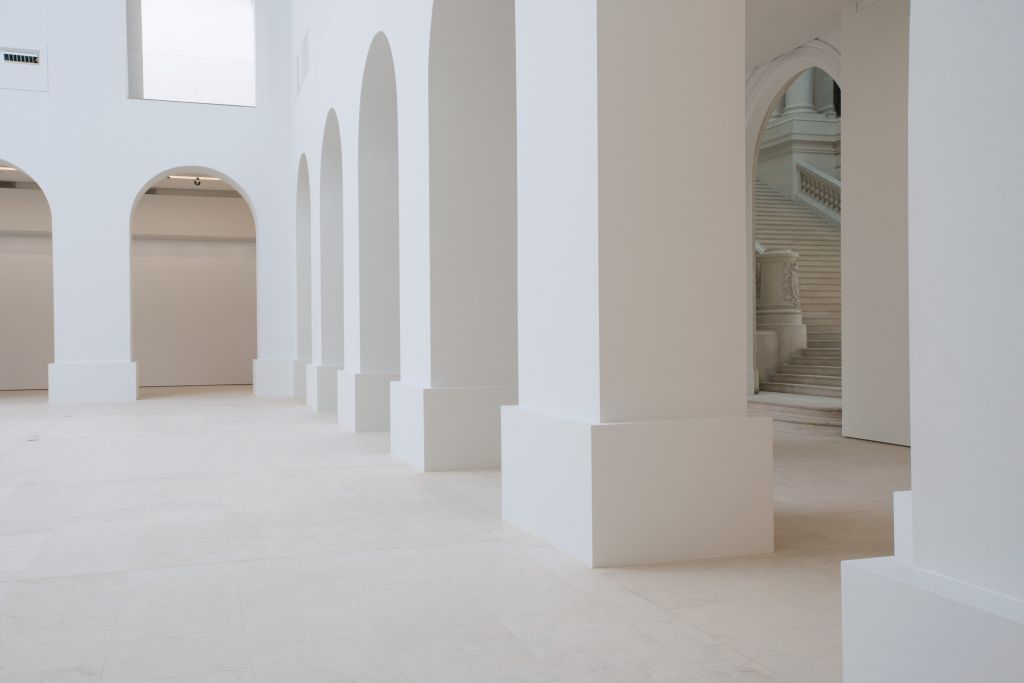
Ce majestueux bâtiment respecte les principes des musées du 19e siècle comme Lille ou Amiens : un édifice organisé autour d’une cour centrale, le Patio, couvert d’une verrière à l’éclairage zénithal. Ce Patio donne accès à un double circuit de galeries qui l’entourent au rez-de-chaussée et au premier étage via un escalier monumental. Dans les grandes galeries de l’étage, le parti-pris des architectes a été d’exploiter la lumière naturelle de la verrière au service de l’esthétique et de l’environnement.
Le Palais dispose d’espaces spécifiques :
Le Patio
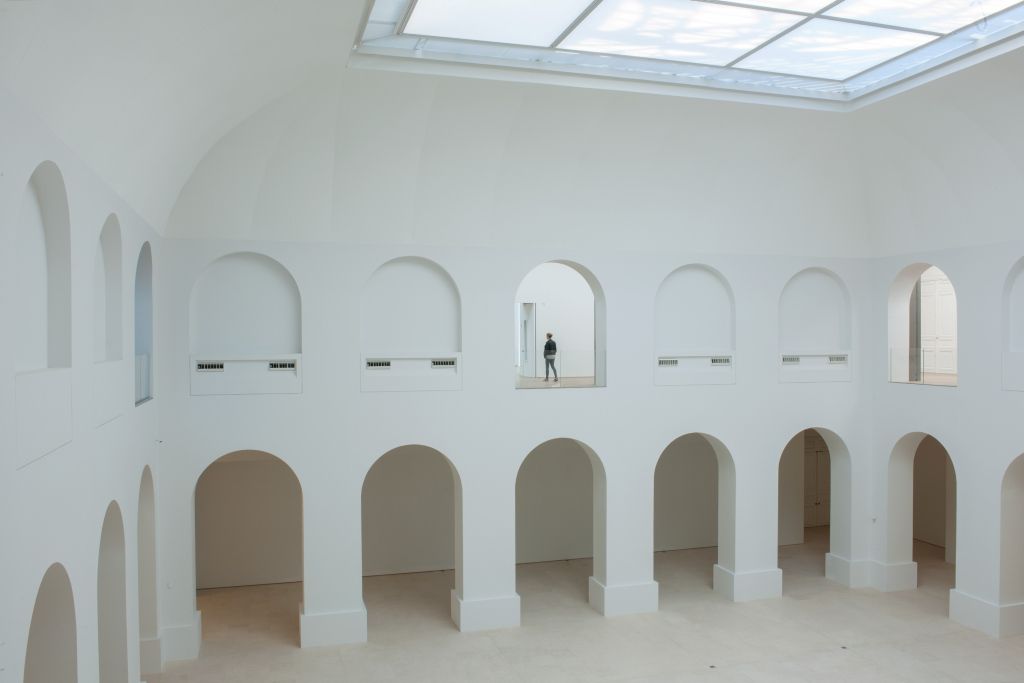
Situé au cœur du Palais, cet espace monumental et lumineux accueille, plusieurs fois par an, des expositions temporaires de grande envergure, se métamorphosant à chaque occasion.
La vitrine du Parvis
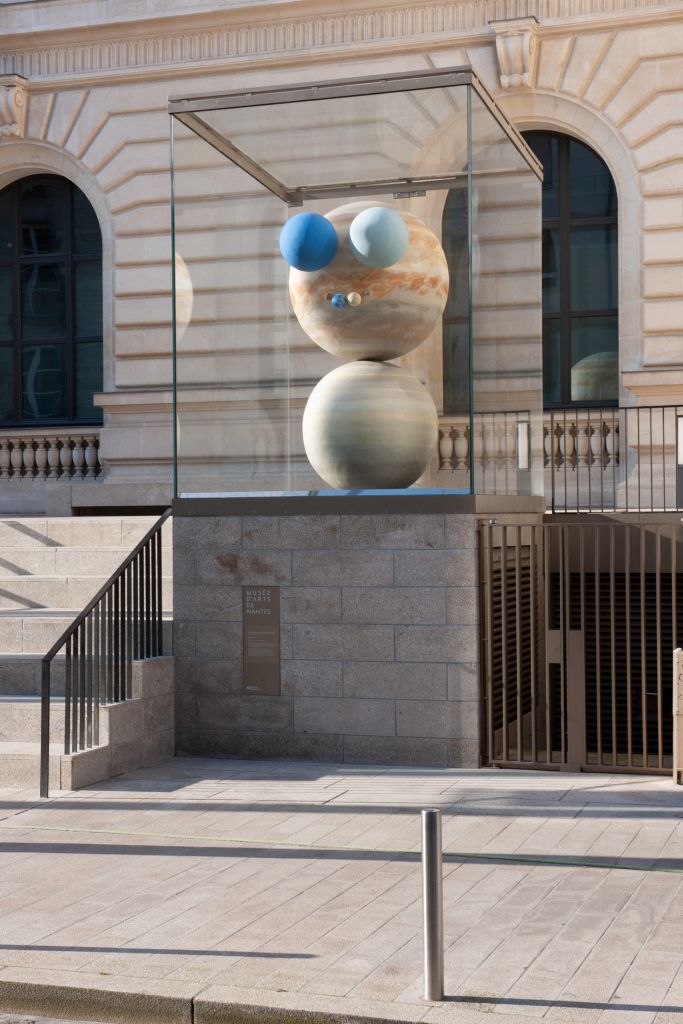
Espace d’exposition emblématique placé sur l’entrée du Palais, elle signale immédiatement l’importance de l’art contemporain pour le Musée d’arts. Des artistes du territoire y proposent des œuvres spécifiquement réalisées pour ce lieu, à mi-chemin entre le musée et la rue.
La librairie-boutique
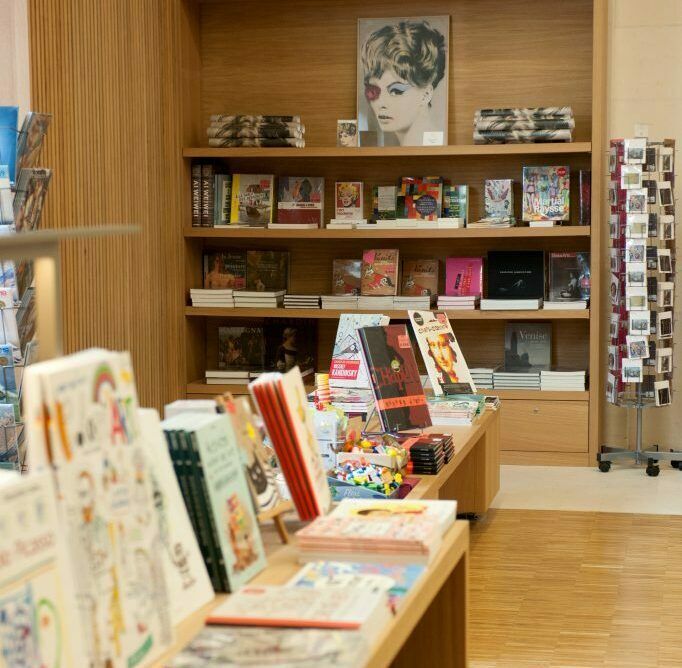
Accessible depuis le hall du Palais, la librairie-boutique propose aux visiteurs de dénicher cartes postales, papeterie, jeux, bijoux ou ouvrages thématiques sur les collections et expositions du musée.
Le Café du musée
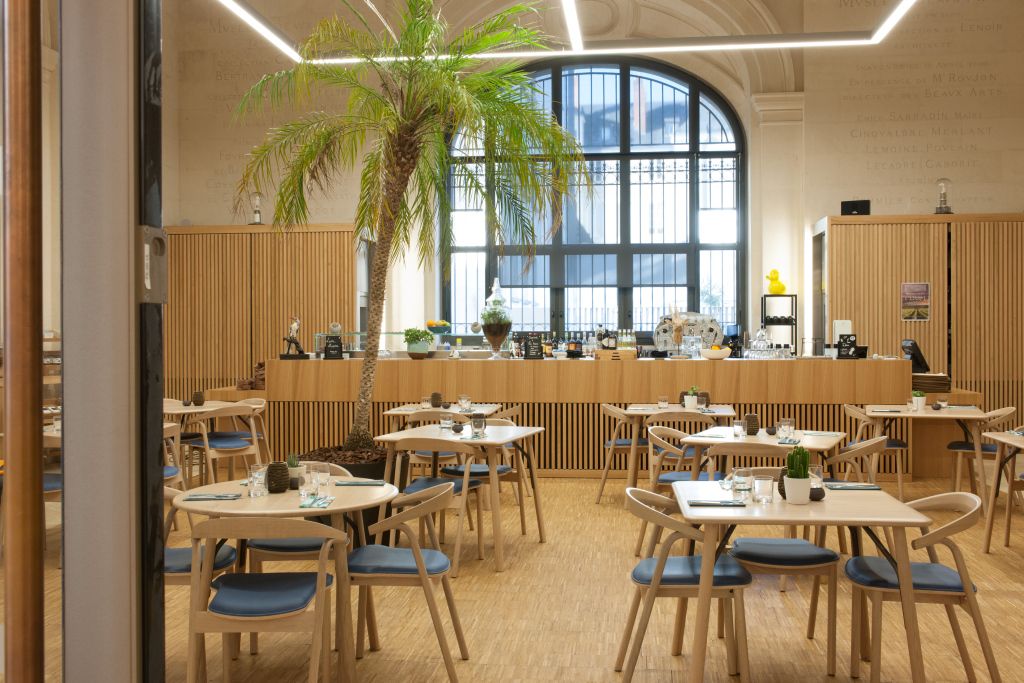
Situé au cœur du musée, ce café-restaurant vous accueille pour une une halte gustative dans ce cadre d’exception ! Pour un repas, un goûter ou une planche apéro, toutes les occasions sont bonnes !
La salle 21, au premier étage du Palais
Riche d’une collection allant du 13e siècle à l’art contemporain, le musée a choisi d’y faire dialoguer les époques avec des accrochages temporaires thématiques et transchronologiques.
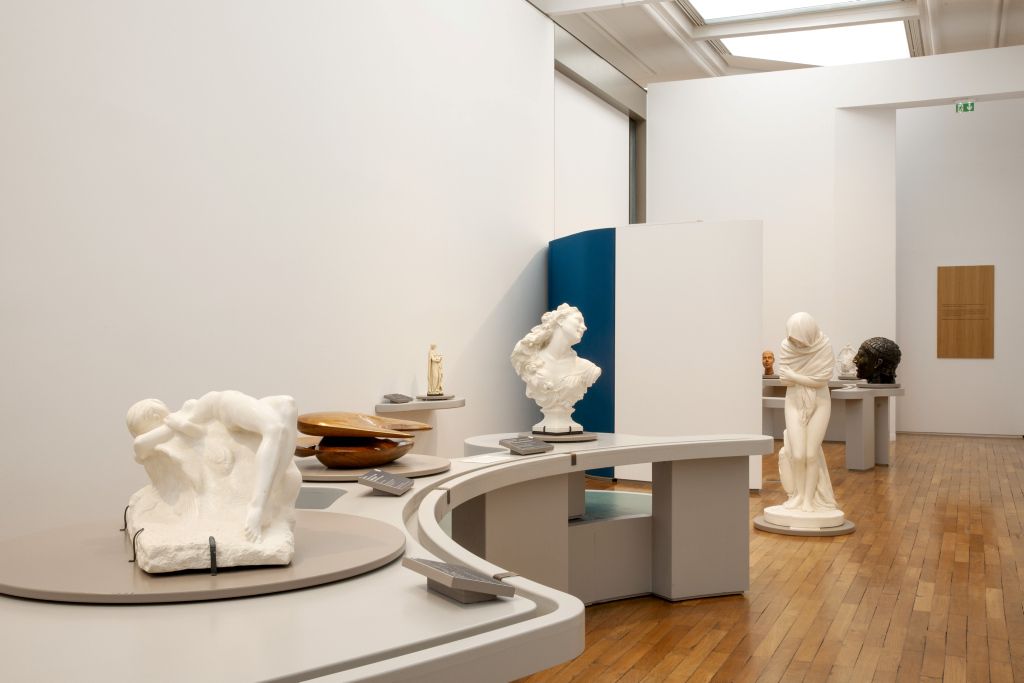
La Salle blanche
L’excavation du sous-sol du Palais a permis de créer de nouveaux espaces publics dont une salle d’exposition dite « Salle blanche ». Celle-ci peut présenter des photographies ou des dessins issus du fonds d’arts graphiques du musée ou encore des expositions temporaires.
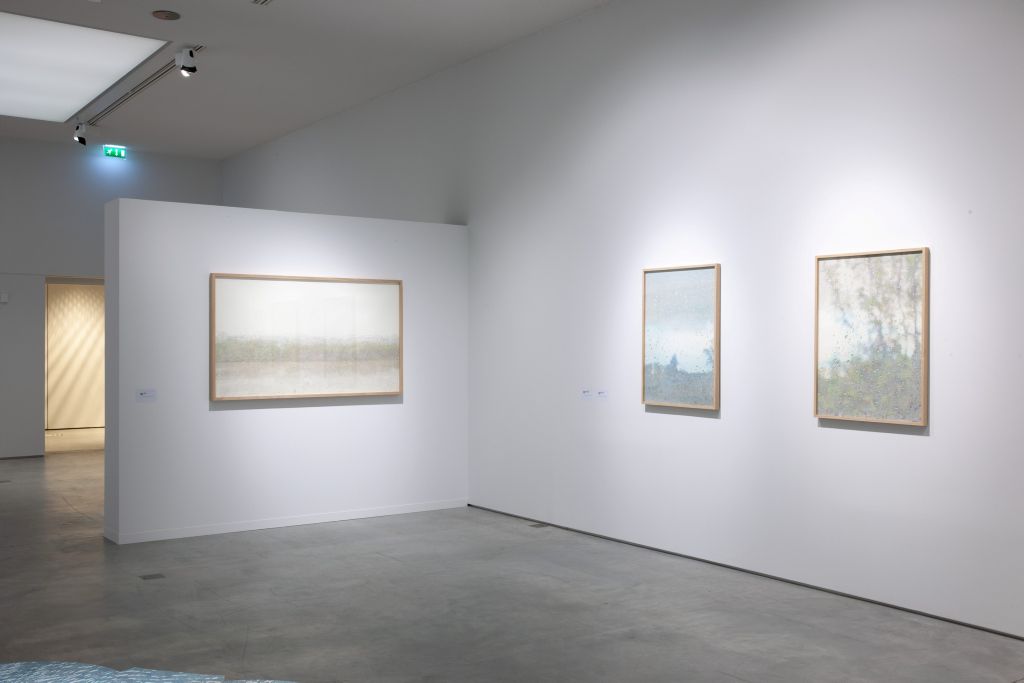
L’auditorium
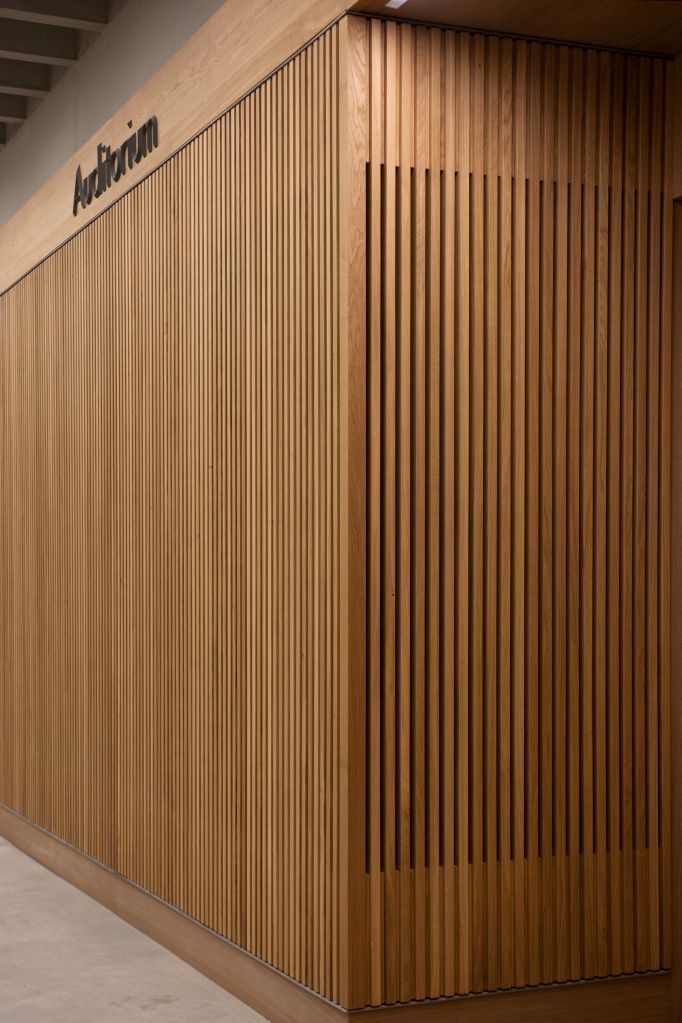
Localisé au cœur du musée en sous-sol, l’auditorium se prête à l’organisation de concerts, conférences ou encore projections de films. Espace privatisable, vous pouvez aussi y organiser colloques, séminaires ou remises de prix dans une atmosphère apaisante et créative.
La bibliothèque
The library can be accessed by appointment. It holds over 35,000 books, 20,000 artist’s portfolios and 200 journal titles dedicated to art from the 15th to the 21st centuries.
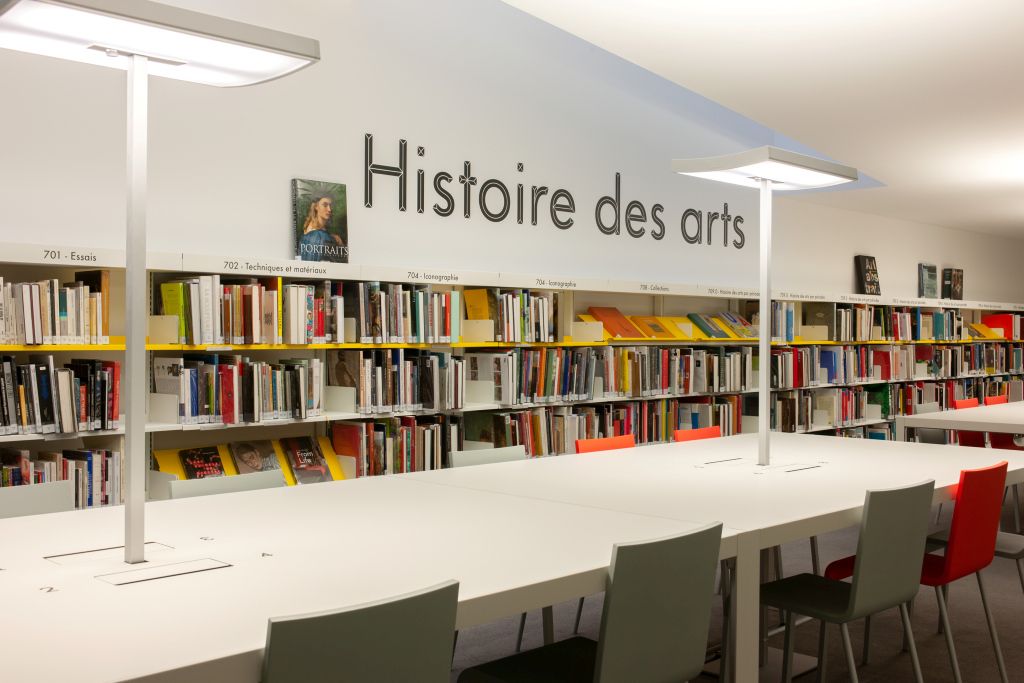
Le petit salon
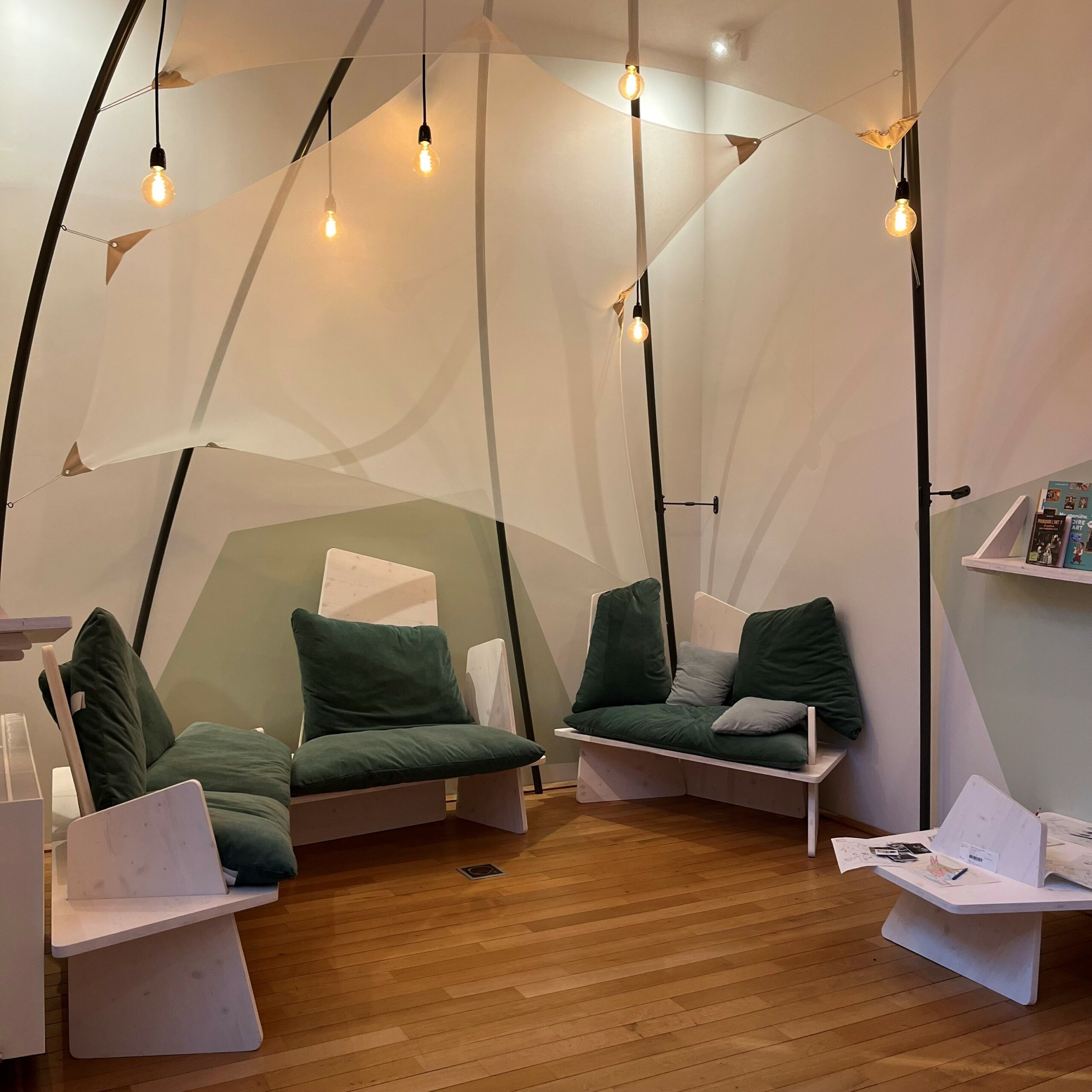
Au 1er étage du Palais, au cœur de la collection 19e, un espace salon permet au visiteur seul comme aux familles de faire une pause dans le parcours. Des jeux, des coloriages et des ouvrages sont à votre disposition. Un espace cosy pour recharger ses batteries, au sens propre comme au sens figuré.
La Chapelle de l’Oratoire
Construite au 17e siècle, la Chapelle de l’Oratoire était à l’origine un édifice religieux. Lieu de culte jusqu’en 1772 puis devenu bien national, ses fonctions changent pendant près de 200 ans en devenant successivement siège de tribunal criminel, hôpital, grange à fourrages, caserne de gendarmerie. Rachetée par la Ville en 1963 pour un franc symbolique, la Chapelle ouvre au public en 1989. Suite à la rénovation du musée, elle fait désormais partie intégrante du parcours muséographique du Musée d’arts de Nantes et y accueille des expositions temporaires.

Le Cube
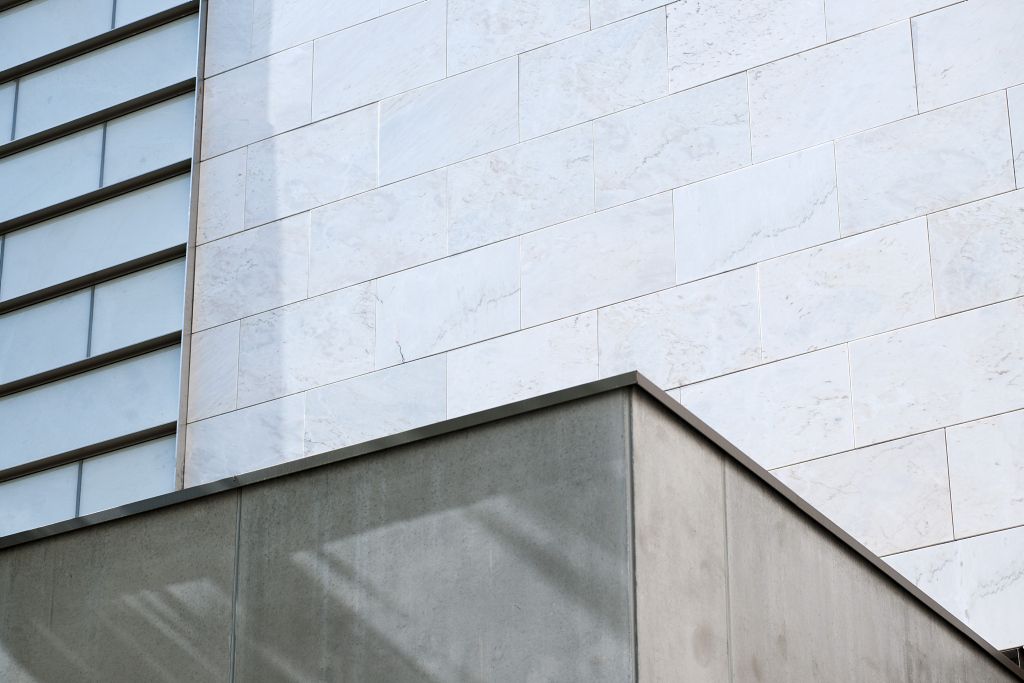
Trait d’union entre passé et présent, ce nouvel édifice inauguré en 2017 est dédié à l’art contemporain, représentant une large part des collections du musée. Plus de 2 000 m² sont répartis sur 4 niveaux. Les architectes se sont efforcés d’établir avec soin une cohérence entre l’ancien bâtiment et le nouveau.
Véritable prouesse architecturale, un magnifique mur-rideau translucide suspendu le long de l’escalier, est composé de marbre et de verre laminé, laissant entrer et sortir la lumière au gré des heures s’écoulant. Certains étages du Cube peuvent accueillir des expositions temporaires.
